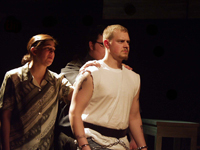 With Tim Robbins' capital-punishment drama Dead Man Walking, Augustana College's theatre department has crafted a moving and impressive play, and I can't fully express how difficult that task must have been, because it really isn't a play; it's a screenplay. Scene for scene, sometimes even word for word, this 2002 piece replicates Robbins' 1995 movie to the letter, and in doing so, points out the deep chasm that exists between theatre and film. As a stage piece, Dead Man Walking shouldn't work, but director Jeff Coussens and his fiercely committed cast do everything in their power to keep you from noticing, and more often than not, succeed beautifully.
With Tim Robbins' capital-punishment drama Dead Man Walking, Augustana College's theatre department has crafted a moving and impressive play, and I can't fully express how difficult that task must have been, because it really isn't a play; it's a screenplay. Scene for scene, sometimes even word for word, this 2002 piece replicates Robbins' 1995 movie to the letter, and in doing so, points out the deep chasm that exists between theatre and film. As a stage piece, Dead Man Walking shouldn't work, but director Jeff Coussens and his fiercely committed cast do everything in their power to keep you from noticing, and more often than not, succeed beautifully.

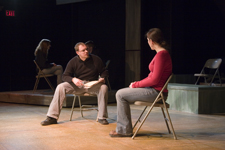 Explaining the decision to turn Tim Robbins' Oscar-winning Dead Man Walking into a work for the stage, Sister Maureen Fenlon begins with six simple words: "A stage play can go anywhere." And she would like the show to be seen everywhere.
Explaining the decision to turn Tim Robbins' Oscar-winning Dead Man Walking into a work for the stage, Sister Maureen Fenlon begins with six simple words: "A stage play can go anywhere." And she would like the show to be seen everywhere.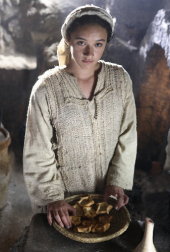 THE NATIVITY STORY
THE NATIVITY STORY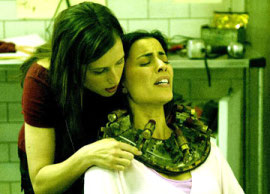 SAW III
SAW III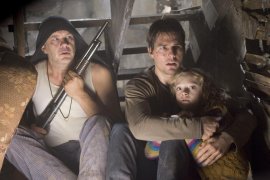 WAR OF THE WORLDS
WAR OF THE WORLDS







